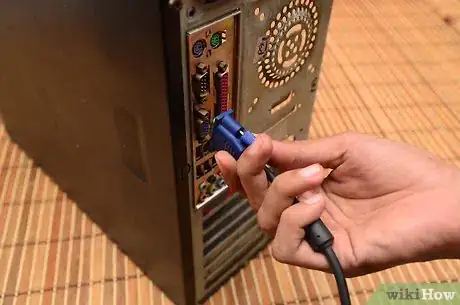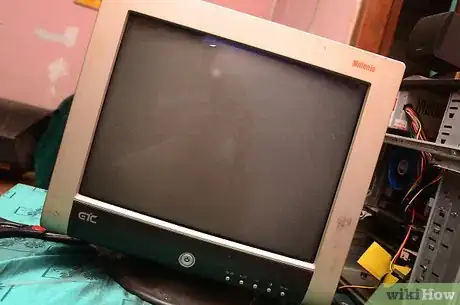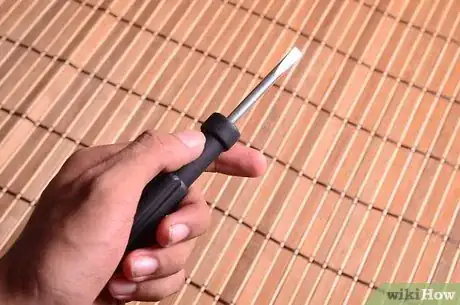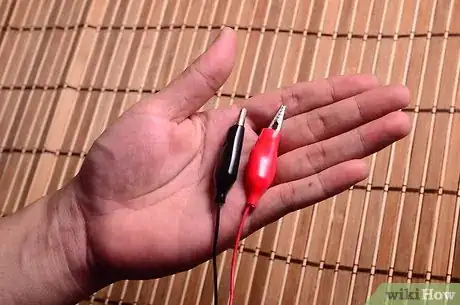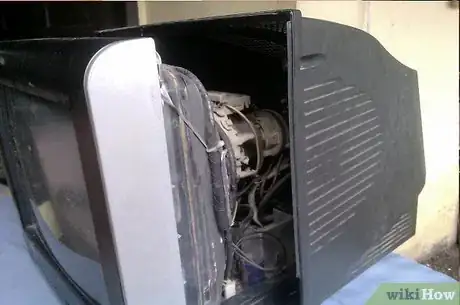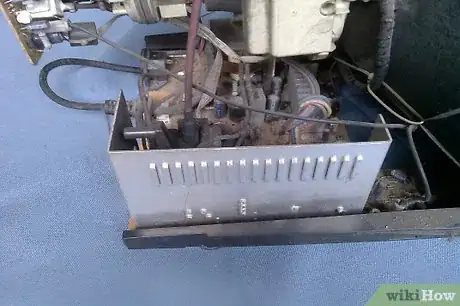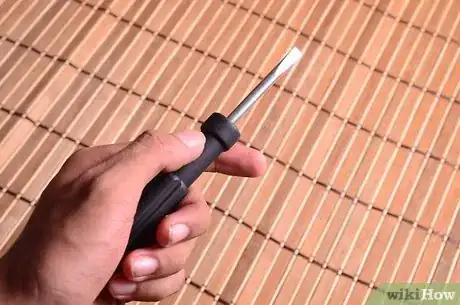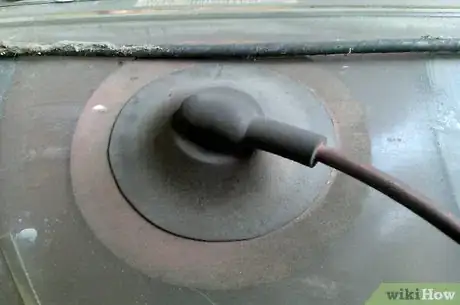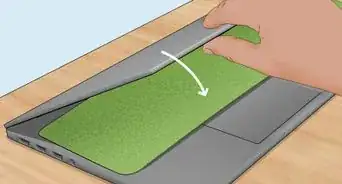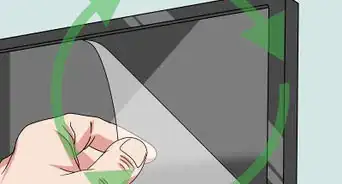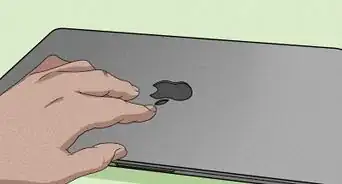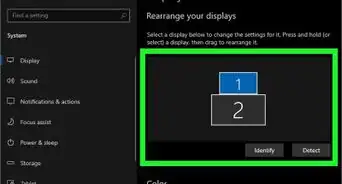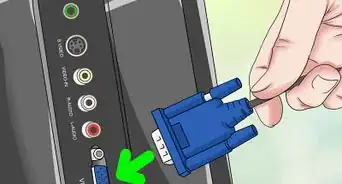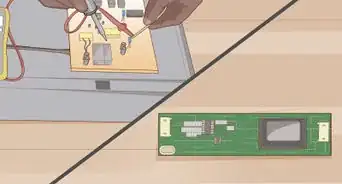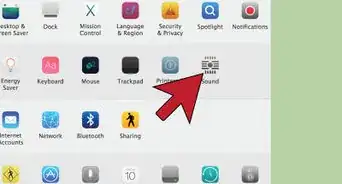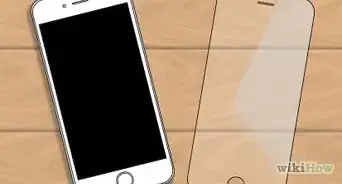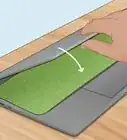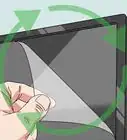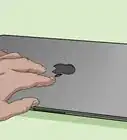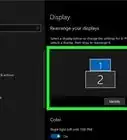A guide to safely discharging a CRT monitor without getting shocked
X
wikiHow is a “wiki,” similar to Wikipedia, which means that many of our articles are co-written by multiple authors. To create this article, 14 people, some anonymous, worked to edit and improve it over time.
This article has been viewed 113,755 times.
Learn more...
If you need to make internal adjustments to a CRT monitor, it's safe to discharge it first. A CRT monitor has a high-voltage anode inside it, which can carry a charge of up to 25,000 volts. If you don't discharge the monitor (and if you do, but improperly,) you can get electrocuted. Know what you're doing before you obey this article!
Steps
-
1Unplug the monitor.
-
2Leave it alone for a few hours. If you can afford to waste a lot of time, twenty-four hours would be better.Advertisement
-
3Wear rubber-soled shoes (no steel toes) and safety goggles. Take off all your jewelry, especially rings and watches. You don't want to be grounded in any way.
-
4Find a heavy flat-bladed screwdriver with good insulation. A Swiss Army knife is not acceptable.
-
5Find a heavy-gauge wire with alligator clips on the end.
-
6Take the monitor's case off -- and don't forget where the screws go in. This could lead to embarrassment.
-
7Attach one alligator clamp to an unpainted portion of the metal frame.
-
8Attach the other alligator clip to the screwdriver's metal shaft.
-
9Make sure that neither you or the screwdriver are in contact with anything metal.
-
10The anode is a wire covered by a suction cup. Slide the screwdriver blade under the suction cup until you hear a loud pop and see a blue flash.
-
11Wait for about 30 minutes and repeat.
Advertisement
Community Q&A
-
QuestionI directly removed the suction cup, and I did the wikiHow process with a screwdriver and copper wire, but I have not heard any pop up sound. Does that mean it's discharged completely?
 Community AnswerIt means that the discharge is complete. If it gave the pop up sound it might need a new replacement part.
Community AnswerIt means that the discharge is complete. If it gave the pop up sound it might need a new replacement part.
Advertisement
Alternative Solution
- Unplug the monitor. (As said above)
- Carefully unscrew housing and remove.
- Wear electric resistant gloves. (Non-conductive material)
- Prepare with a flat-tip screwdriver and a jumper cable with alligator clip ends.
- Begin by clipping one end of the jumper cable to the screwdriver.
- Follow up by clipping the other end to 'ground'. (Ground is usually a large metal area, usually in which the CRT monitor is mounted on)
- Slide the flat-tip screwdriver under the anode suction cup. (Aim towards the middle, where the anode actually is)
- You may or may not have heard a sign of success, (Such as noted above) but you have completed the task successfully. Always wear protective gear during the process!
Warnings
- You don't want to be grounded. Make sure that, during the entire procedure, you are not accidentally allowing yourself to be grounded.⧼thumbs_response⧽
- Protect your eyes in case the CRT implodes (not likely.)⧼thumbs_response⧽
- If you have any doubts whatsoever, DO NOT carry out this procedure. If you mess up, you could be shocked, or even electrocuted. Ask for professional assistance.⧼thumbs_response⧽
Advertisement
Things You'll Need
- CRT Monitor
- Flat-bladed screwdriver
- Heavy-gauge wire with alligator clips
- Safety goggles
- Rubber-soled shoes
- Nerves of steel.
References
- Myers, Michael and Jernigan, Scott. "A+ Certification Exam Guide, 5th Edition." Emeryville, California: McGraw Hill/Osborne. 2003. p. 846
About This Article
Advertisement
